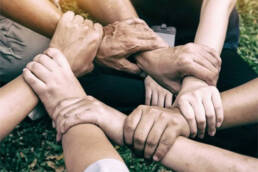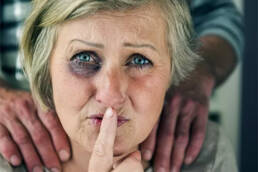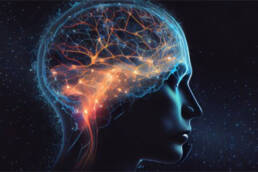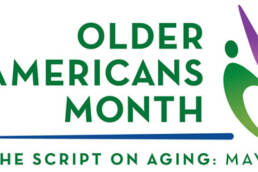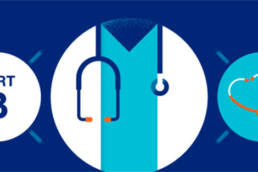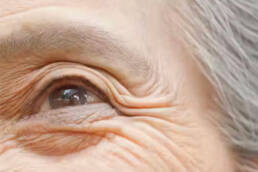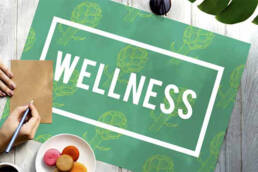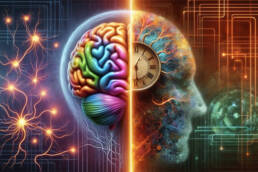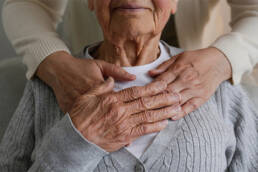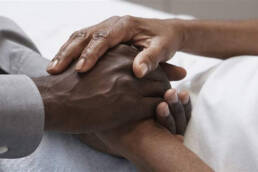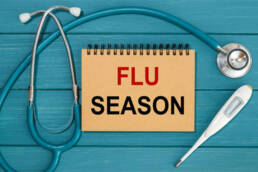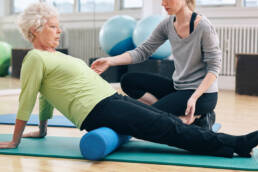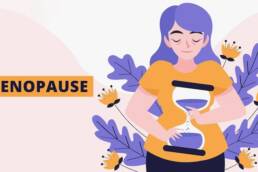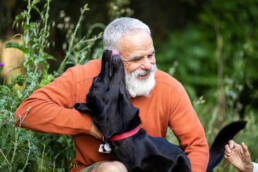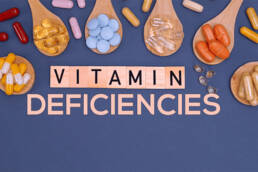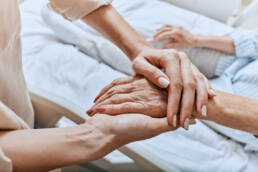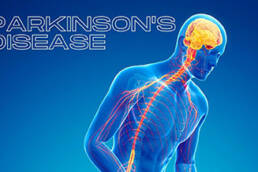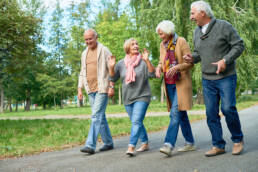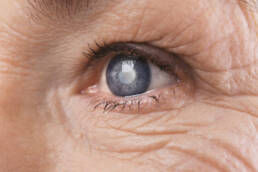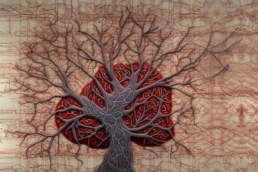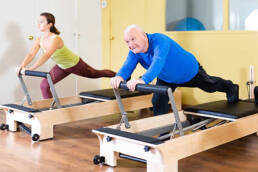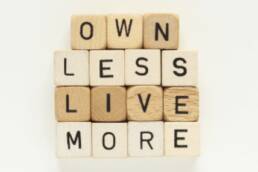Touch is one of the human senses that allows us to perceive the qualities of objects, such as texture, pressure, temperature, and hardness. When touch receptors in the skin are stimulated, they send electrical pulses to neurons, which relay the impulses until they reach the spinal cord or the brain. Touch can be a vital social cue that signals an offer of comfort and empathy, and it activates particular areas of our brain, influencing our thought processes, reactions, and physiological responses. As we age, opportunities for physical touch often decrease, but research shows that affectionate touch is a powerful antidote to loneliness and stress.
Human touch is to bring a bodily part into contact which we then perceive through the tactile sense: handle or feel gently usually with the intent to understand or appreciate. You probably already know a hug from a loved one can lower your blood pressure and make you feel valued and important. A firm handshake with a friend can create a connection. How you perceive the hug or handshake, along with how your touch receptors receive the pressure, is rooted in your brain.
There are several basic kinds of touch that you may experience:
Intimate — Here, your pressure receptors respond to a handshake, hug or kiss. If the person giving the touch is someone you care about, you’ll probably feel warm and comforted. Your pressure sensors send the feeling of how hard the embrace is, and your brain interprets the nature of the touch as soothing.
Healing or therapeutic — This type of touch is often associated with massage or acupuncture. Sometimes, the pressure is gentle and meant to soothe sore muscles. Other times, the pressure is deep in order to work out knots. Despite differences in severity of pressure, you likely to be aware that the outcome is healing, so your body allows you to relax.
Exploratory or inquisitive — We all learn about the world through our sense of touch. Many people test out foods, fabrics or other objects by feeling different textures. Sometimes it’s possible to rely solely on the sense of touch. This is why it’s easy for you to reach into your bag and find a pair of keys without looking. You know the cold feeling of the metal key and hard smooth feel of your plastic key chain.
Aggressive or painful — Of course, we all know that touch can also equate to pain if the pressure is too much and the intent is wrong. A handshake that’s too firm can be uncomfortable instead of reassuring.
Research has uncovered an astonishing number of poor health outcomes that result when we are deprived of touch. The correlation between anxiety, depression and stress and touch is large and inversely related. It has been found that touch calms our nervous center and slows down our heartbeat. Human touch also lowers blood pressure as well as cortisol, our stress hormone. Studies using PET scans have found that the brain quiets in response to stress when a person’s hand is held. The effect is greatest when the hand being held is that of a loved one, but it still works even if it’s just a stranger.
Your sense of touch is not only related to your nerve endings undergoing stimulation, the way you interpret the touch is also important. It can reduce stress, such as hugging, holding hands, and even light touch trigger the parasympathetic nervous system, reducing stress and lowering blood pressure. It can ease isolation. Touch releases oxytocin, the “bonding hormone,” which can help ease feelings of isolation and promote heart health. Touch improves mood. Studies show that affectionate touch decreases cortisol (the stress hormone) and can improve sleep, mood, and emotional resilience. Clearly, we all need to reach out and touch others, as well as be receptive to others touching us.
If you live alone, consider petting an animal or engaging in social activities that involve physical connection. If you know someone who may be touch-deprived, a simple handshake, hug, or reassuring pat on the back can make a big difference.
If you can, hug longer. Researchers say 10 to 20 seconds is the ideal length of a health-boosting hug.
Given the obvious importance of human touch, one question may be how to introduce more of it into your life. Even for those lucky enough to live with families or other people one has podded with, the amount of touch we are receiving has undoubtedly decreased since before the pandemic.
Research shows that one of the most effective ways to benefit from the therapeutic benefits of touch is through massage, as mentioned earlier. Massage therapy has been shown to ease depression, increase attentiveness and enhance immune function. If massage therapy is not your thing, maybe a manicure or pedicure or other type of spa treatment that involves touch can be beneficial. Pets have also been found to mimic some of the benefits of human touch, so long as you spend ample time petting them. Although weighted blankets aren’t human, they’ve been found to calm the nervous system in the same manner as touch.
Touch isn’t just nice—it’s essential. Prioritize connection, and let it be part of your daily health strategy, what better way to “add life to years”.
Lawrence J. Weiss, Ph.D. is CEO of the Center for Healthy Aging. Dr. Weiss welcomes your comments on this column. Write to him at larryjweiss@gmail.com or c/o Center for Healthy Aging, 11 Fillmore Way, Reno, NV 89519.

